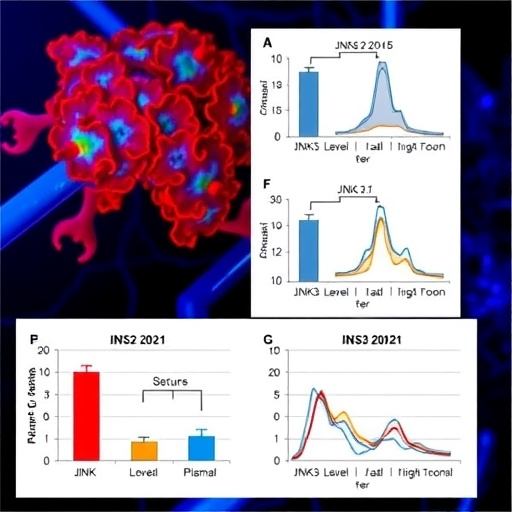Children who are exposed to aid at an early age are at a lower risk of suffering from chronic malnutrition. The most notable effects come from broad initiatives that impact household income, rather than targeted interventions focused on child and maternal health. This is highlighted by a study from the School of Business, Economics and Law at the University of Gothenburg, which analyzed over 700 aid projects in Malawi.
Children who are exposed to aid at an early age are at a lower risk of suffering from chronic malnutrition. The most notable effects come from broad initiatives that impact household income, rather than targeted interventions focused on child and maternal health. This is highlighted by a study from the School of Business, Economics and Law at the University of Gothenburg, which analyzed over 700 aid projects in Malawi.
Chronic malnutrition causes children to be shorter than average for their age and affects their organ development, brain capacity, and immune system. To study how aid affects chronic malnutrition among children, researchers from the School of Business, Economics and Law at the University of Gothenburg examined aid projects in Malawi in southeastern Africa. They used data on living conditions, weight, and height of 26,000 children and linked these to over 770 aid projects in the country.
The results show that children who had an active aid project near their home from birth until the age of two were less likely to suffer from chronic malnutrition compared to children who were not exposed during this critical period. The study also reveals that aid projects that impact household wealth seem to have a greater effect than targeted interventions focusing on the health of children and mothers.
“Even though aid projects in the form of nutritional supplements for young children can have positive effects, the results of targeted projects to combat chronic malnutrition are surprisingly weak. One reason for this is likely due to the many factors that affect children’s nutrient absorption. For example, if a family cooks with wood indoors without proper ventilation, the risk of chronic malnutrition increases as children are exposed to toxic smoke. Other examples include poor hygiene due to lack of clean water and the risk of malaria if mosquito nets are not used”, says Dick Durevall, senior professor of economics, who conducted the study along with Associate Professor Ann-Sofie Isaksson.
Instead, aid projects that improve the household economy as a whole and the educational level of mothers seem to have greater effects. This could involve creating marketplaces, schools, wells, improving agricultural methods, or providing financial support to families if their children attend school.
“Programs aimed at reducing the problem of chronic malnutrition should address all critical factors, which is probably easiest if households themselves influence how the resources are used”, says Ann-Sofie Isaksson.
The study also shows that multilateral aid projects, which involve several countries or partners, have the greatest effect. A likely reason is that these projects are larger and can benefit from economies of scale. Another possible reason is that multilateral projects focus on relevant development areas, whereas bilateral aid – that is, aid from one state to another – can also be driven by strategic geopolitical interests.
“The results of the study still show that aid works, that is, aid can have a significant positive effect. They also show that chronic malnutrition is likely caused by many different factors. One conclusion is that aid projects should focus on impacting household income”, says Dick Durevall.
The study: Dick Durevall and Ann-Sofie Isaksson. “Aid and child health A disaggregated analysis of the effects of aid on impaired growth”, forthcoming in World Development.
Contact:
Dick Durevall, Senior Researcher
Phone: +46 31-786 13 50
E-mail: [email protected]
Ann-Sofie Isaksson, Researcher
Phone: +46 31-786 25 53
E-mail: [email protected]
Journal
World Development
DOI
10.1016/j.worlddev.2024.106689
Method of Research
Data/statistical analysis
Subject of Research
Not applicable
Article Title
Aid and child health: A disaggregated analysis of the effects of aid on impaired growth
Article Publication Date
12-Jun-2024





